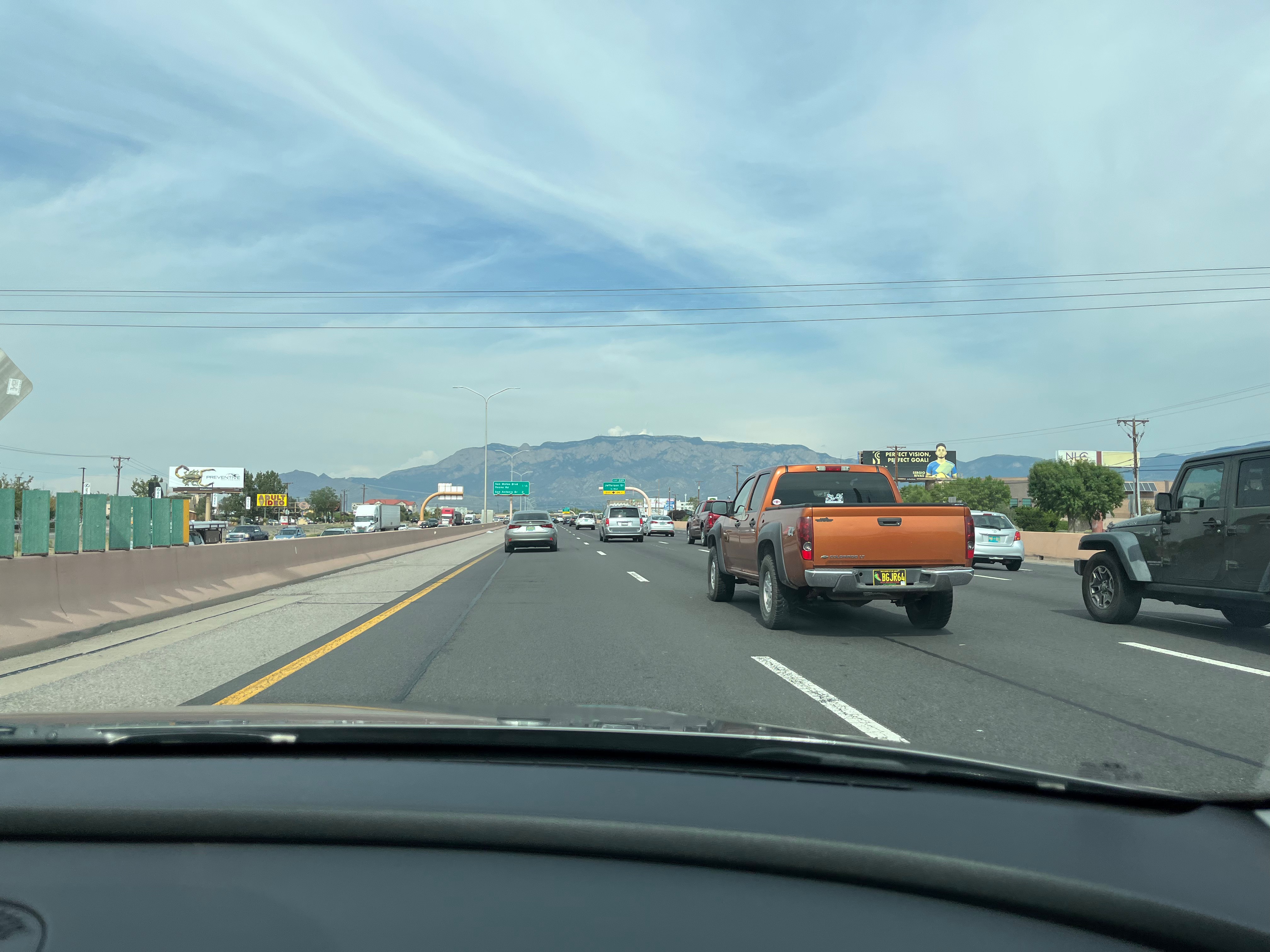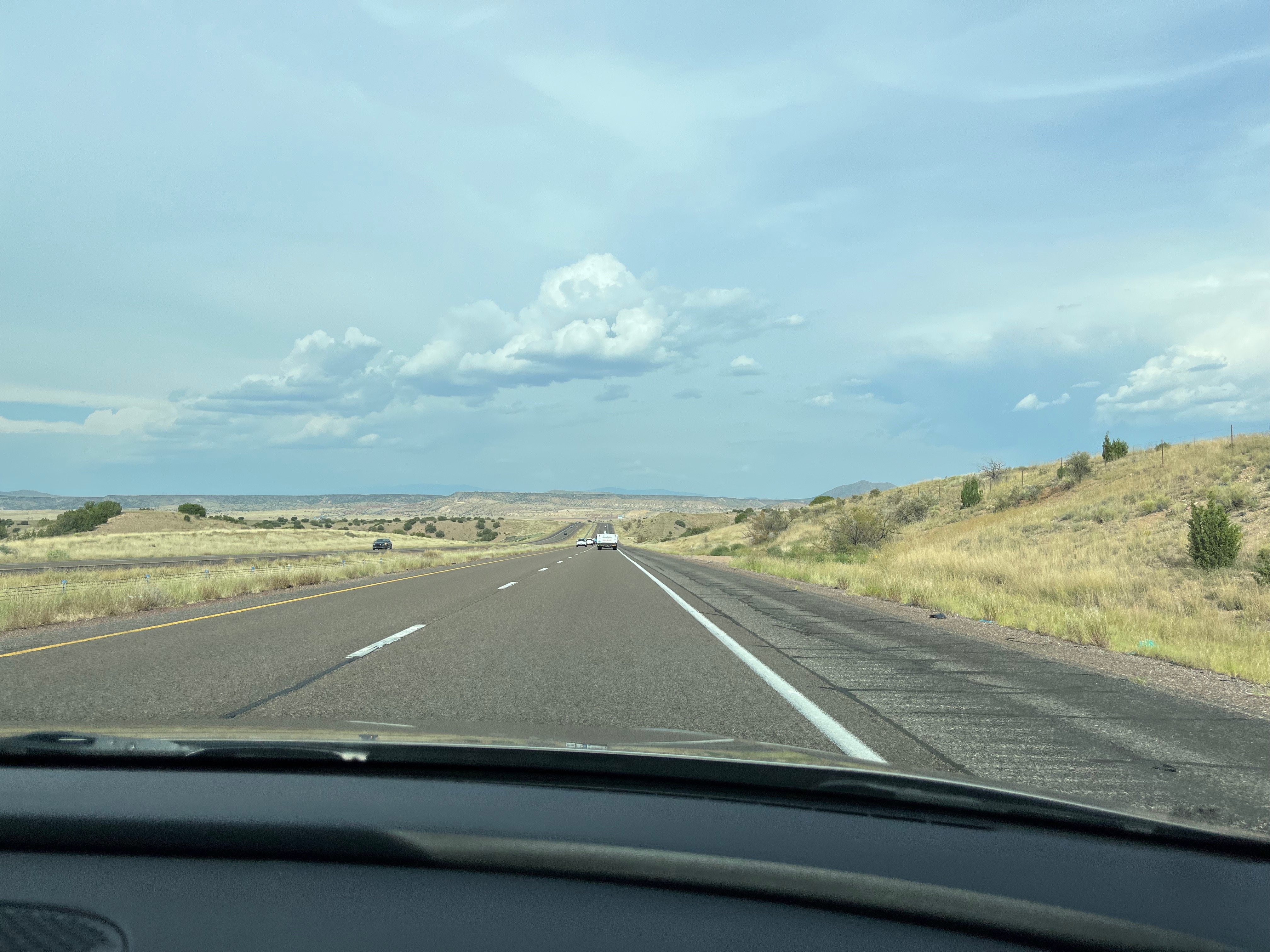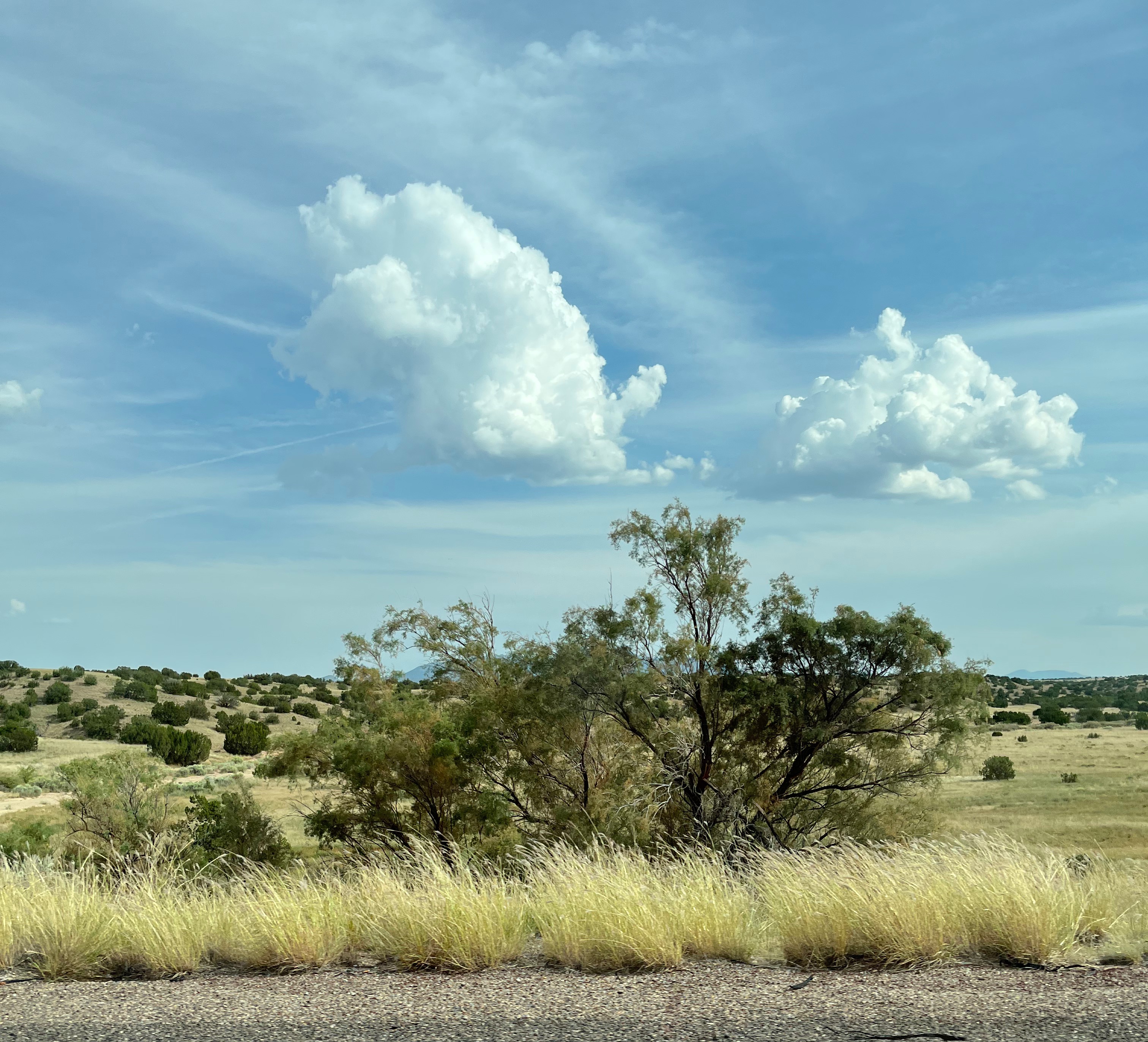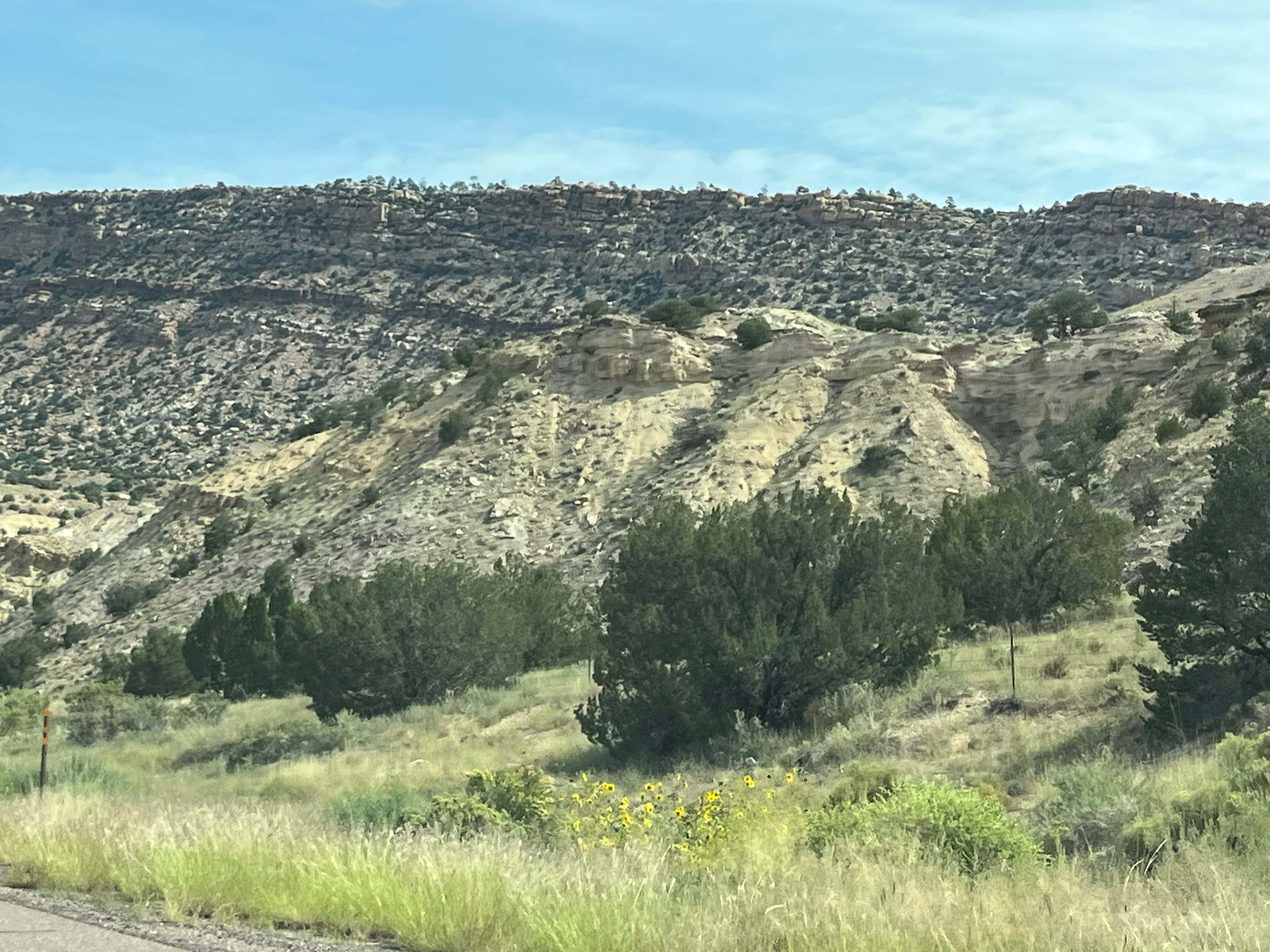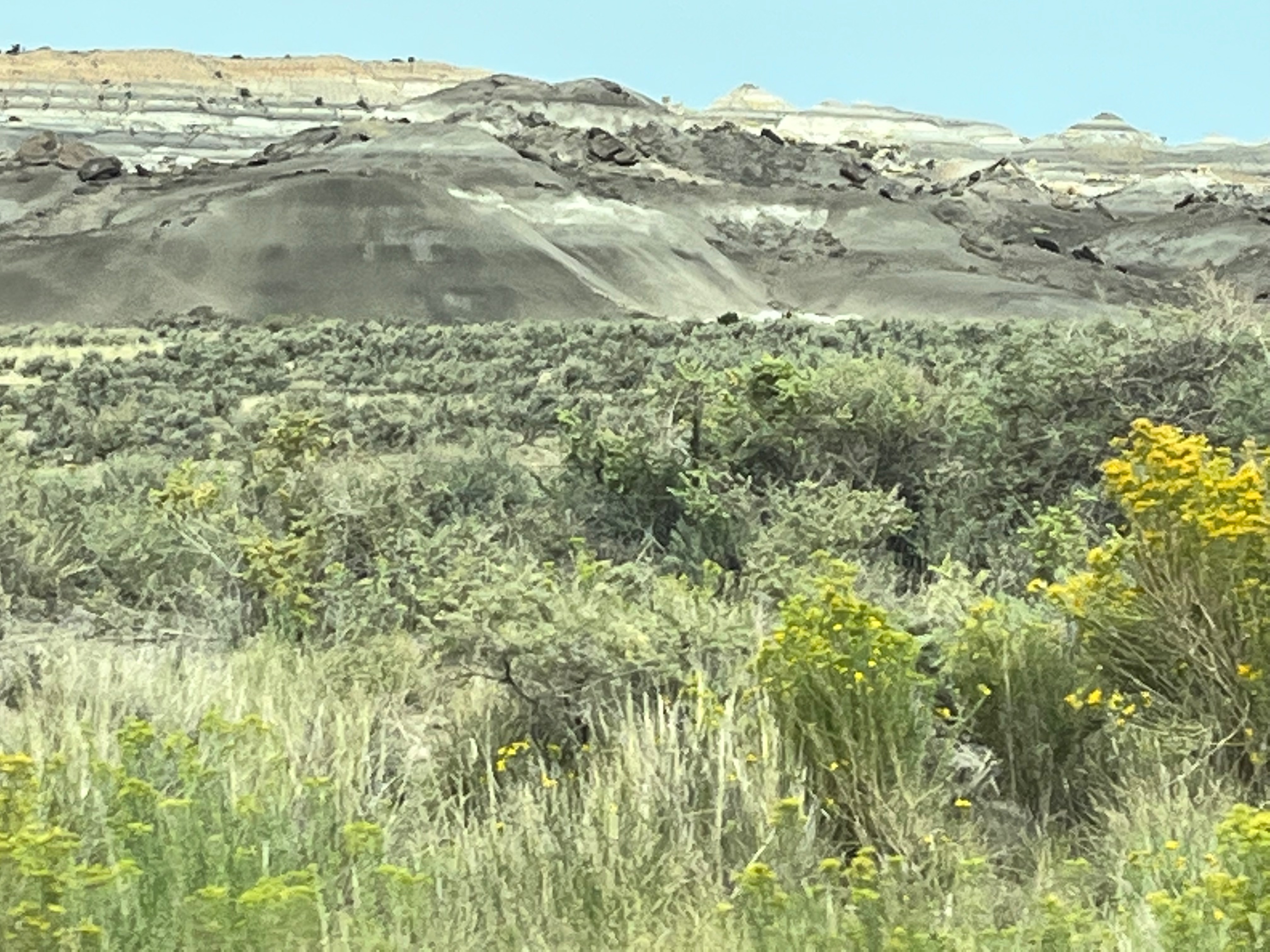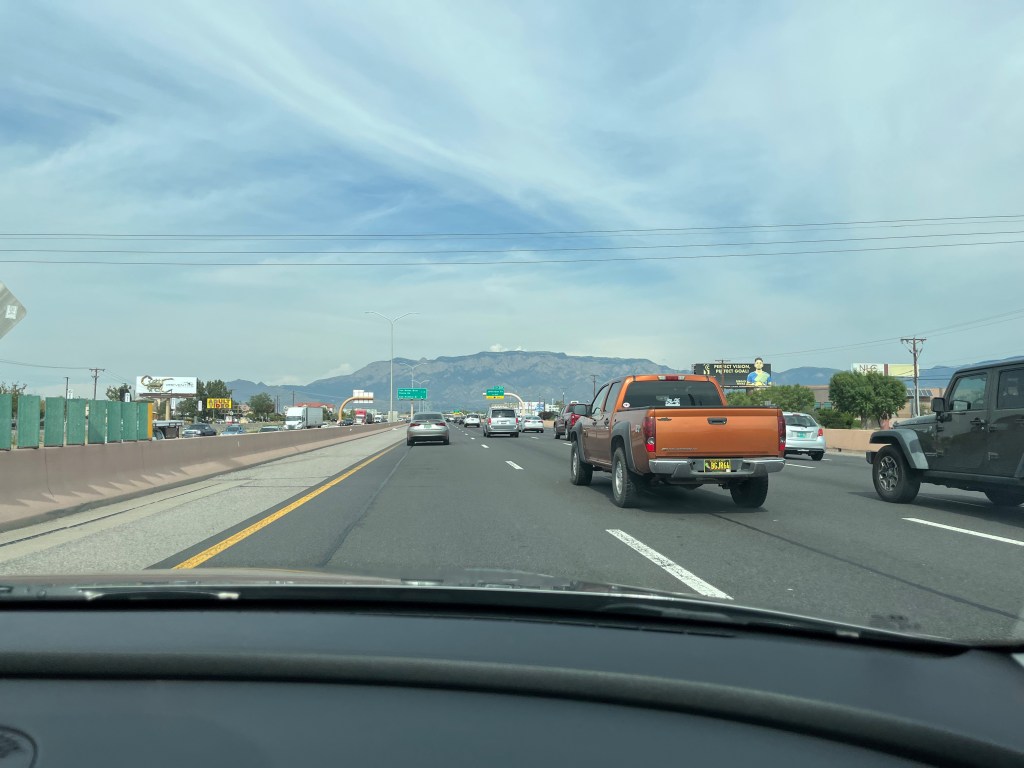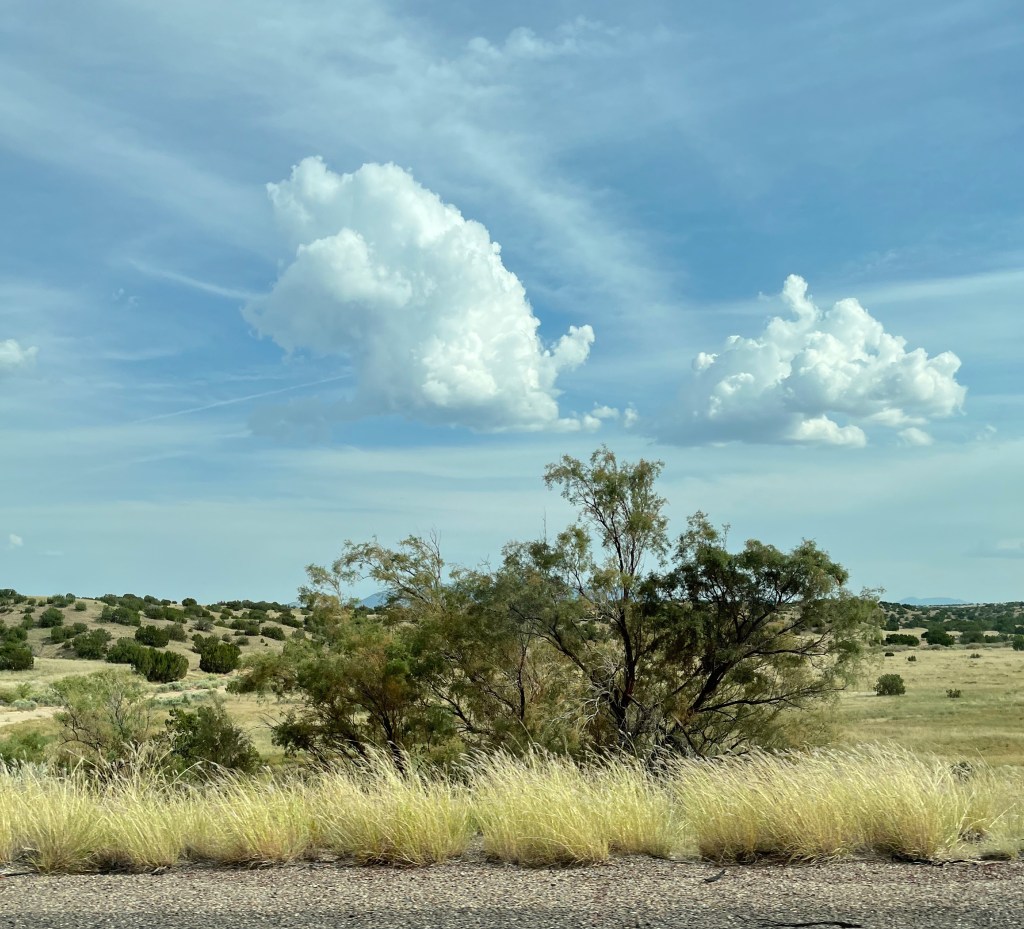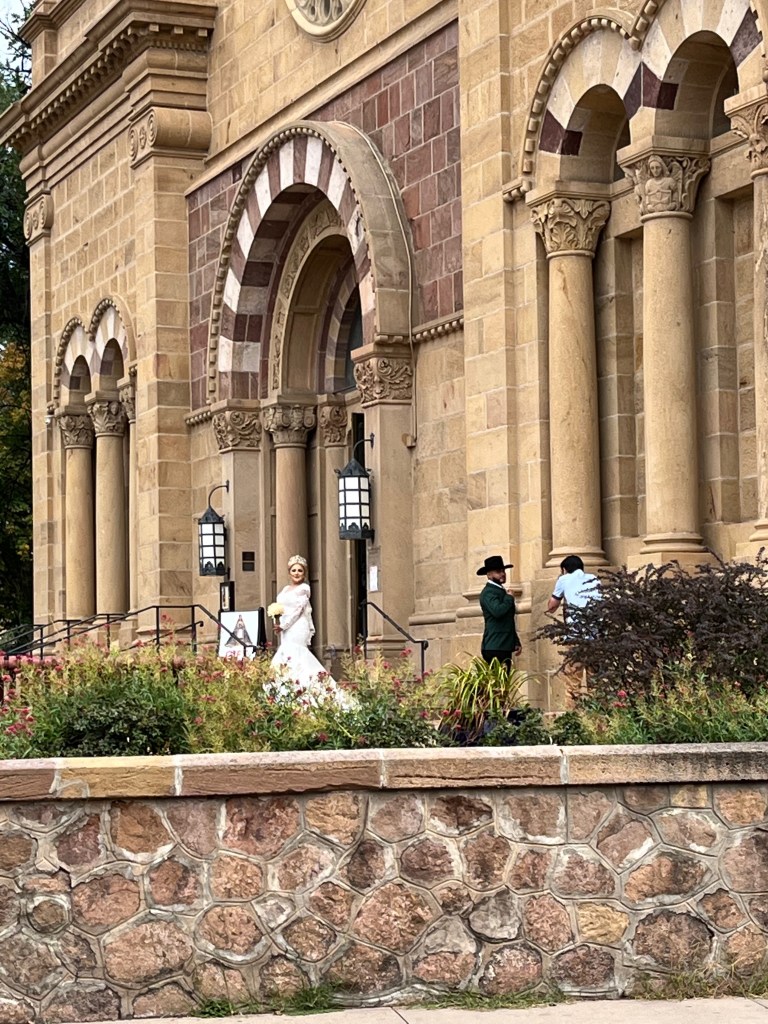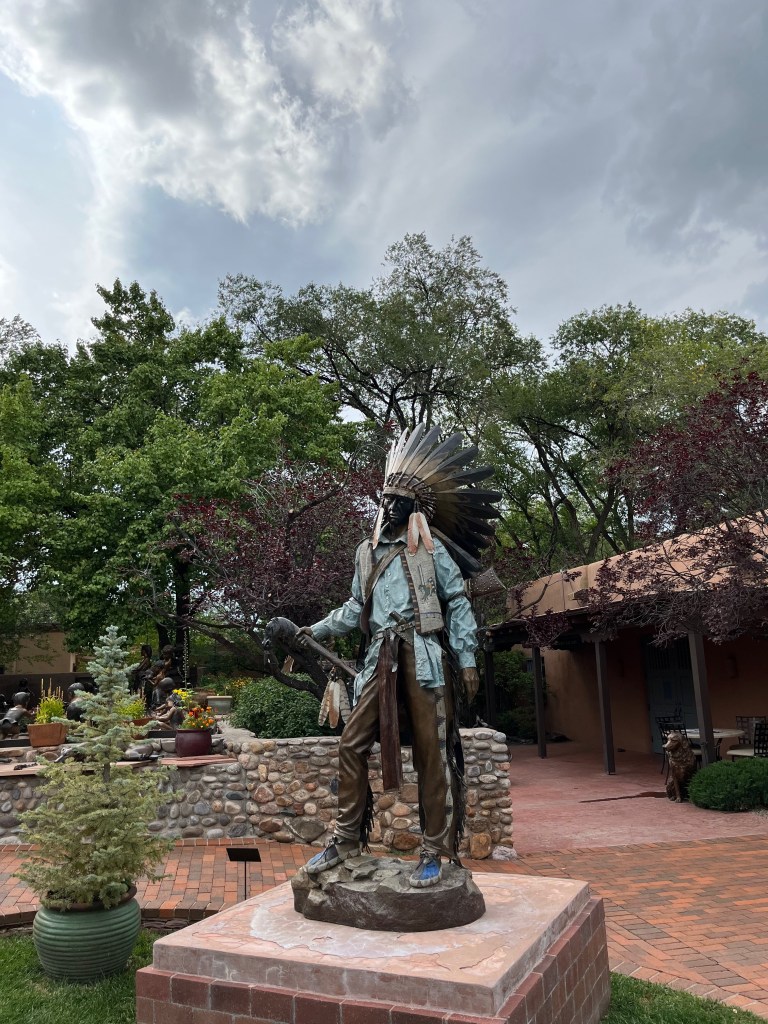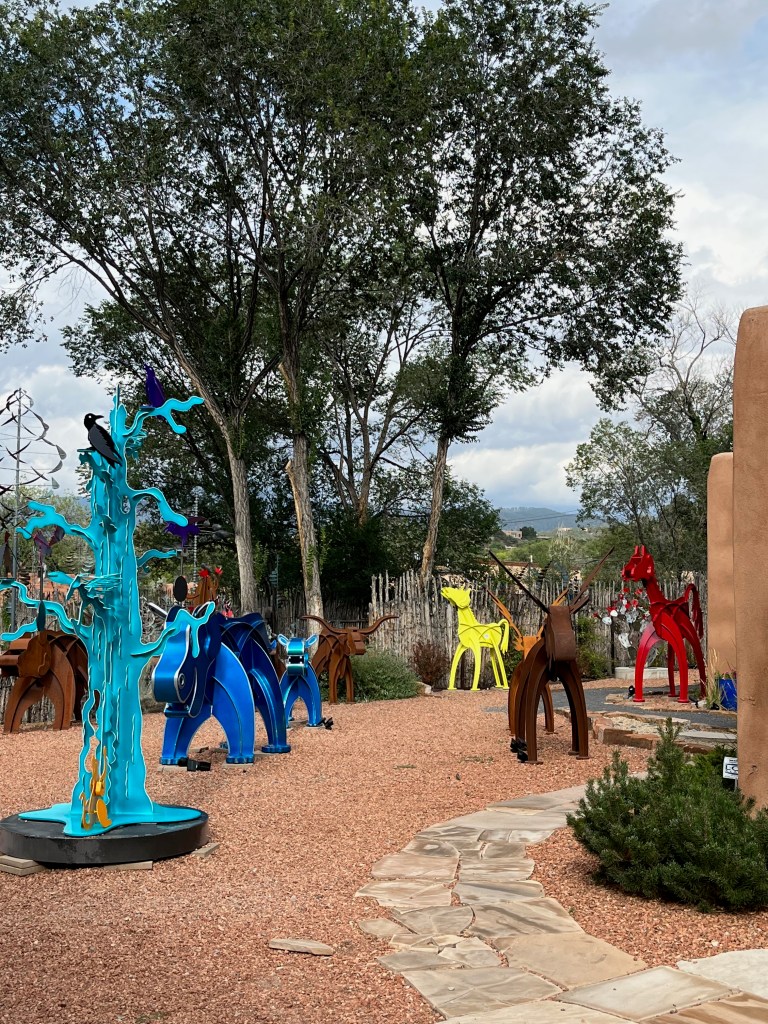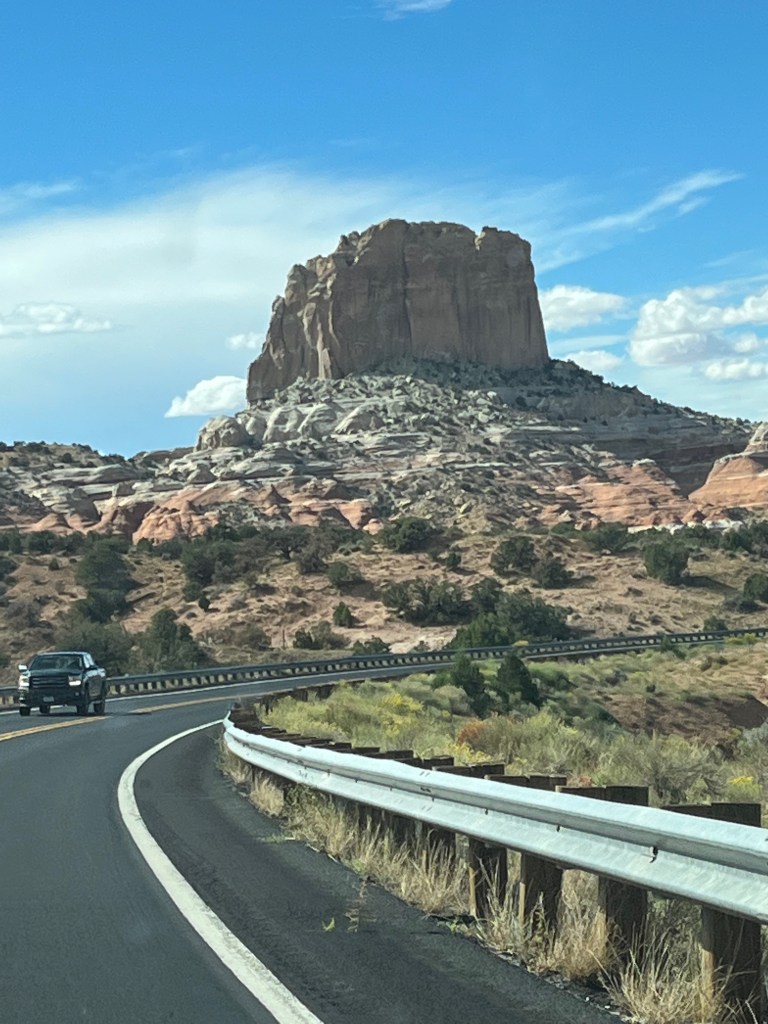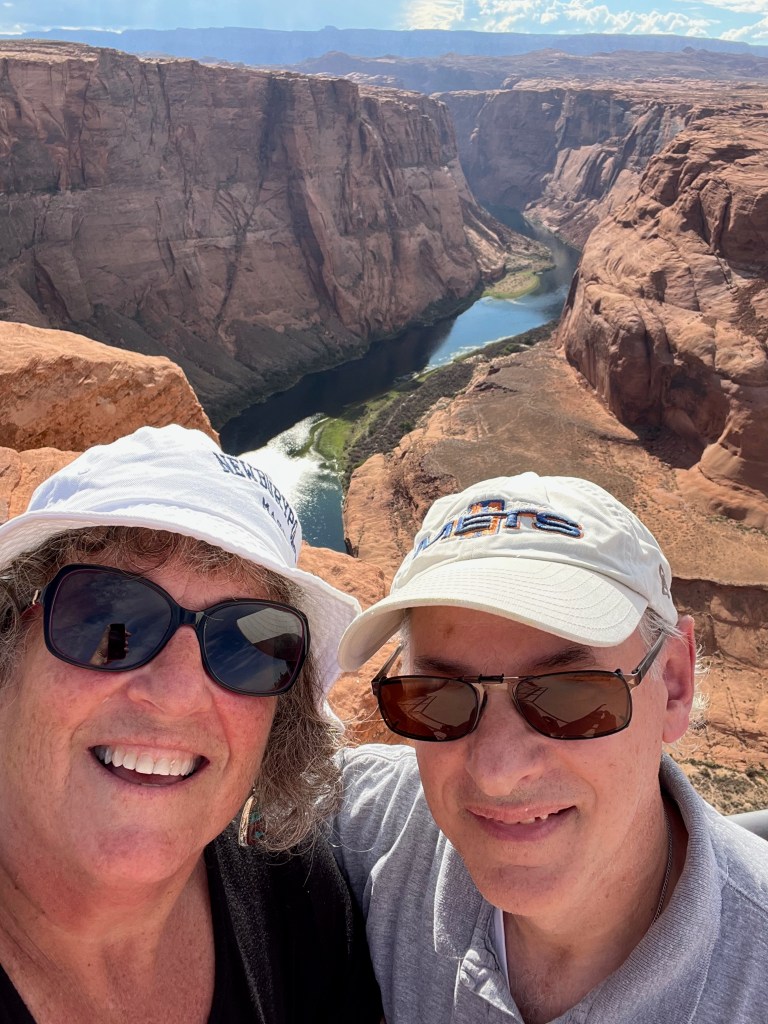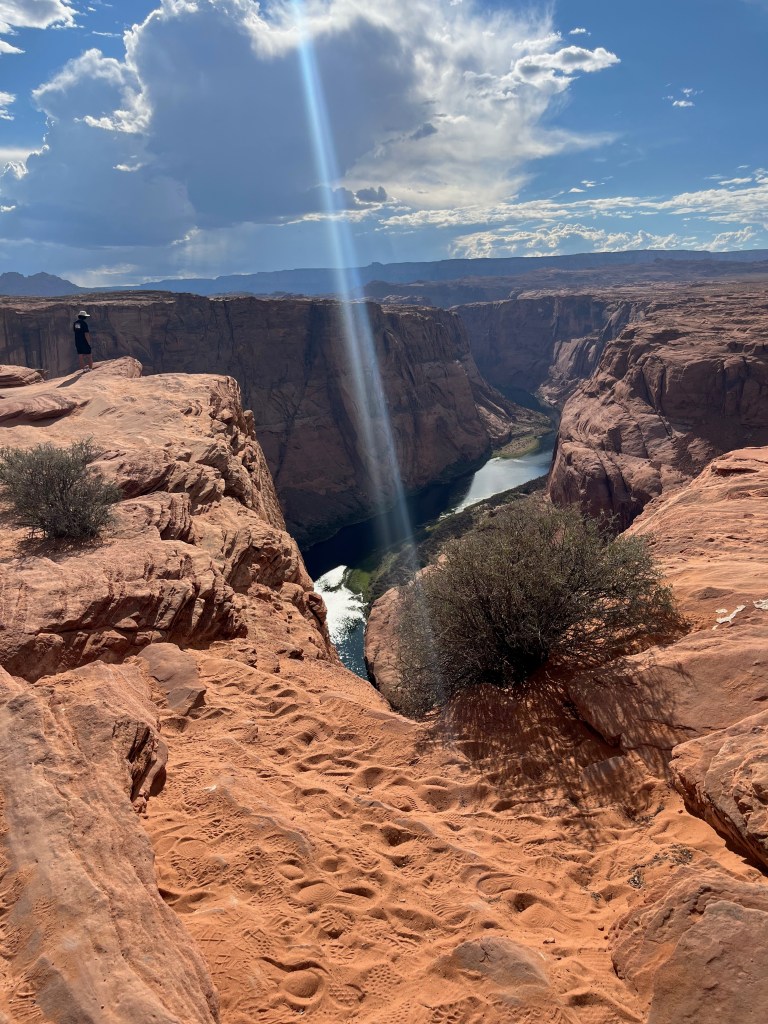
“If I had my way, I would today build a wall about the United States so high and so secure that not a single alien or foreign refugee from any country upon the face of this earth could possibly scale or ascend it.”
Sound familiar? Could almost be a sound bite from the 2016 Presidential campaign or current political discourse. It is a statement one can imagine hearing at Trump’s recent rally in Ohio. But it was made by North Carolina Senator Robert Reynolds around 1939 in response to the growing Nazi threat in Europe.
This was one of the many echoes that struck me as I watched “The U.S. and the Holocaust,” the Ken Burns’ documentary that aired on PBS last week. It can still be streamed for free.
Today it is appropriate, it is Rosh Hashana, the Jewish New Year, to reflect on the lessons that could be learned from Burns’ film. Those lessons could be learned if one watched the six-hour series. Sadly, the people who most need to see it, likely did not. It was hard to watch, painful, but so important because of the reverberations that continue to plague our country now. I will need to write more than one essay to explore it.
So many themes addressed by the film are alive today. I believe there is something to be gained by considering them. These issues are thorny, but we need to be honest and talk about them.
First, a word about terminology. Immigrant, refugee and migrant are all words used to describe people arriving at our borders. Theoretically these words mean different things, though I don’t believe there are agreed upon international definitions. A refugee is generally understood to have been forced from their home, while a migrant seeks another home voluntarily (it has the connotation of not necessarily being permanent and can be within a country, like migrants from the Dust Bowl back in the 1930s). An immigrant, on the other hand, is thought of as seeking permanent status in a new country. However, the ‘voluntary’ nature of the person’s move can be difficult to assess. For purposes of clarity in this essay, I am addressing refugees, though the lessons we take from our experiences from World War II are broader than that population.
One of the questions raised is: could/should the United States have allowed more Jewish refugees into the country in the late 1930s and early 1940s. We face this question today on a myriad of fronts – refugees from Ukraine, from Venezuela, from other war-torn or famine-afflicted states, or people displaced because of climate change (flooding, fires).
In the past people argued that we didn’t understand the risk to European Jewry, but as this documentary makes clear, that simply wasn’t true. It was known and it was known early enough to have acted. However, fear was an obstacle; the fear of spies among refugees – that there would be bad actors even among the Jews who were so threatened. That’s where another theme intersects: propaganda.
The Germans were masterful at stoking the flames of anti-Semitism, portraying Jews as evil, all-powerful, Communists. The image was believed even if it was internally inconsistent. Millions, and that is not an exaggeration, died as a result of that combination of fear and acceptance of propaganda – acceptance not just in the United States but in other developed countries that could have taken them in but were vulnerable to that toxic mix.
What can we learn from this? Maybe, just maybe, we need to be careful about stereotyping. When a whole group is portrayed as one thing – Mexican drug lords, Syrian terrorists – it is incumbent on us to think critically. It isn’t that there aren’t Mexicans who could be connected to the drug trade or Syrians who could be terrorists or Jews who could be communists. There are or were, but to what degree? Were the majority? That’s preposterous. The first question is: Are the refugees at risk of death? If they are, the second question is: can we help in a way that minimizes the danger to our own citizens?
We have been plagued by the question of who can enter our country since its inception. We can’t keep pretending that it is new or that we don’t have biases that impact our policies. I am not suggesting that we allow unrestricted entry. The dialogue on this issue is so poisoned as to make it nearly impossible to discuss rationally. I am not aware of anyone, certainly not President Biden, who is advocating open borders.
The reality is that the vast majority of refugees are ordinary people trying to escape intolerable, life-threatening circumstances. One of the things the documentary so effectively illustrated is the individual stories – several Jewish brothers came to America in the 1910s, one went back to Poland and was never able to re-enter our country. He, along with his wife and children, died at the hands of the Nazis. The family that remained in the United States was devastated by their inability to help and lived with guilt and pain for the rest of their lives. We can become anesthetized to the pain of the individuals if we don’t take the time to understand their stories. It took years in a displaced persons camp for my father-in-law to gain entry to the United States, at least he made it.
The United States in the lead up to and during World War II, as is true today, didn’t want non-Northern Europeans to enter our country, they didn’t want the majority white, Anglo-Saxon Protestants to be ‘overrun’ by ‘ethnic others’. Semitic people were less desirable. It was chilling, and appropriate, that Ken Burns concluded the documentary with footage of the march in Charlottesville; showing men with tiki torches chanting “Jews will not replace us.” While that sentiment might not represent the opinion of the majority of Americans, it is frightening that our president was unwilling to clearly and unabashedly rebuke the marchers. It revealed something we don’t want to see, but we cannot ignore. If we want to keep our claim to being a force for good in this world, and maintain our democracy, we must face the demons which lie within. We cannot be complacent in the face of the evil. If a politician, no matter what other positions they take (they may ironically be a supporter of Israel), is unwilling to stand up to white supremacists, we must reject them regardless of party affiliation.
The answer to the question I posed above is that the United States could have and should have done more. Let’s not be in the position in the future of coming up short in the eyes of history.
